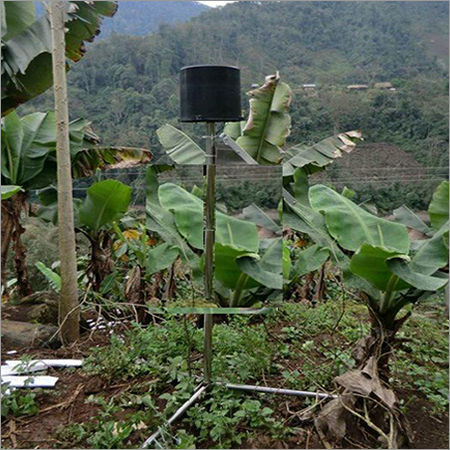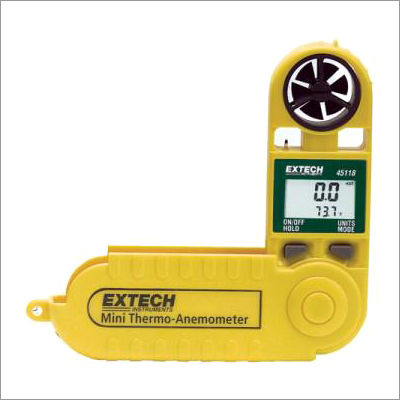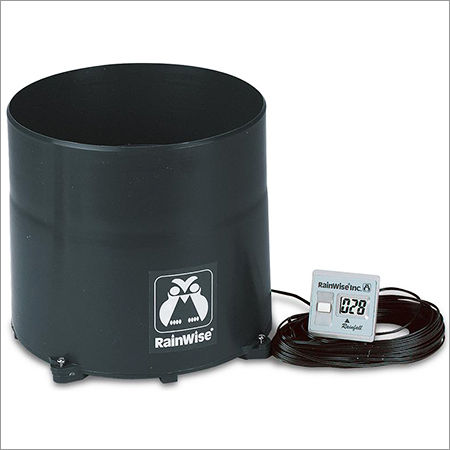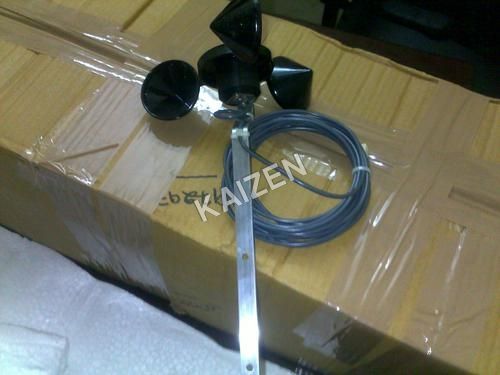
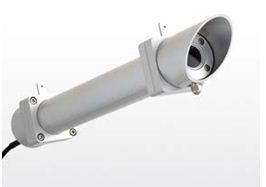
First Class Pyrheliometer
Product Details:
X
Product Description
Specification :
ISO classification: First Class Spectral range: 200 to 4000 nm Response time (95%): 18 s Full opening view angle: 5 degrees Slope angle: 1 degree Irradiance range: 0 to 2000 W/m2 Sensitivity (nominal): 10 V/ W/m2 Temperature range: -40 to +80° C Temperature dependence: < 0.1%/°C Non stability (drift): < 1% per year Calibration traceability: WRR Cable length: 5 standard (longer lengths optional).
This is a research grade normal incidence direct solar irradiance sensor (also known as a pyrheliometer). Suitable for tracker mounted operation is intended for short-wave direct solar irradiance measurement of the sun. This is a First Class compliant pyrheliometer, as per the latest ISO and WMO standards.
The foreoptic assembly features a precision ground and polished quartz window/lens, for true spectral solar transmission ranging from 0.2 - 4.0 m. As per the latest ISO-9060 and WMO standards, the full opening view angle is collimated precisely to 5.0° degrees, making the sensor ideally suited for normal incidence direct solar irradiance measurement. Capable of measuring up to two suns, 2000 W/m2, the pyrheliometer can be deployed anywhere on earth. The instrument employs a passive thermopile-based sensing technology that generates a low level DC millivolt output signal proportional to the normal incident direct solar flux received at the detector surface. Also features a thermally isolated low power window/lens heater in the foreoptic; when cycled on/off prior to sunrise the heater effectively eliminates the formation of dew on the pyrheliometer window/lens, thus resulting in improved post sunrise early morning measurement accuracy. Determining direct solar irradiance requires connection to a data acquisition device with a measurement resolution of ten micro-volts or better, and an autonomous two-axis solar tracker platform. Typical measurement applications include scientific meteorological/climate observations, material testing research, solar collector/PV panel efficiency and solar renewable resource assessment. The signal cable can be easily replaced by the user onsite, thus minimizing down-time and expense otherwise associated with instrument re-cabling and/or cable connector replacement by the manufacturer.
Tell us about your requirement

Price:
Quantity
Select Unit
- 50
- 100
- 200
- 250
- 500
- 1000+
Additional detail
Mobile number
Email
Other Products in 'Meteorological Instruments' category
 |
KAIZEN IMPERIAL
All Rights Reserved.(Terms of Use) Developed and Managed by Infocom Network Private Limited. |


